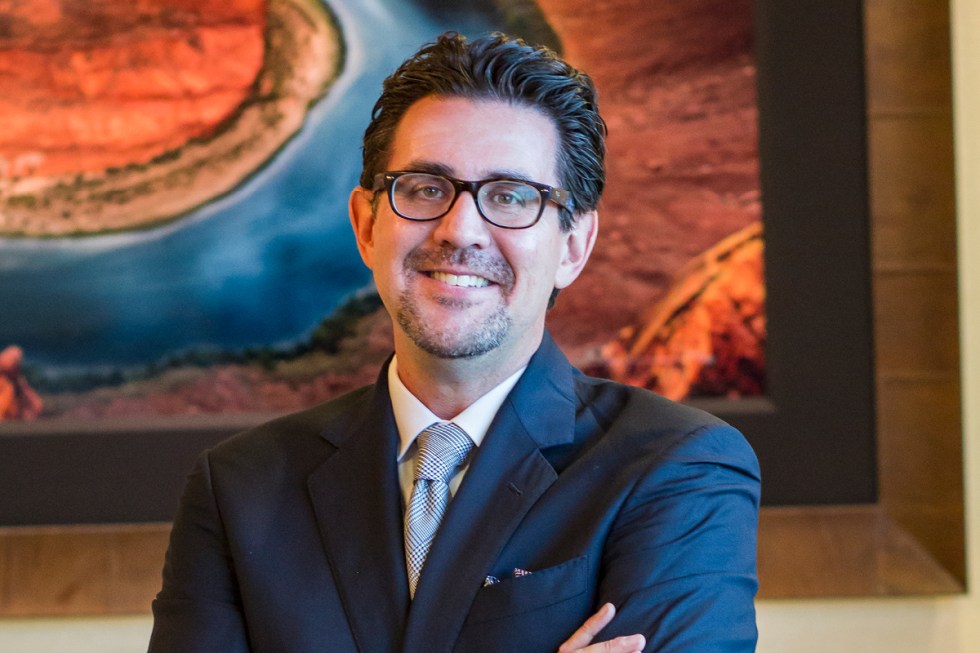
Among the best professors I ever had was Vince Eade. Professor emeritus since 2014, Professor Eade taught courses in human resources management, employee training and development and leadership at UNLV for nearly three decades. I learned many lessons from him, the most important being the simple axiom that employees are the most important resource of any business.
As a student, it always struck me as odd that we needed federal laws to regulate when and where children can work (Fair Labor Standards Act, 1938), to establish a legal expectation that equally qualified men and women should be paid similarly (Equal Pay Act, 1963) or to prohibit discrimination against pregnant women (Pregnancy Discrimination Act, 1978).
With a bit more experience, it became quite clear. While most employers strive to do the right thing, there is always someone, somewhere, willing to cross the moral line in search of greater profits. Admittedly, all too often, it is many “someones”, as the long arc of our nation’s history is largely defined by instances of labor exploitation.
Viewed through a modern lens, some existing laws may seem archaic; however, businesses time and again establish employment rules based on a minimum standard of compliance rather than the best interest of employees. Perhaps this should not come as a surprise; that is the basis for most rules in life. When I was in fourth grade, we were no longer allowed to play football at recess because some knucklehead fifth grader decided to start tackling any girl who wanted to play. In the workplace, we had to establish standards for casual Friday because one person decided to come to work in sweatpants and flip flops, and I hate that I can’t wait for my daughter at the gate when her plane arrives like my parents did for me, because terrorists decided to fly airplanes into the Pentagon and World Trade Center.
Rules are commonly created in response to bad actors, often at the expense of employees at large, for whom they would never apply. In the current labor shortage environment, I believe this trend is changing.
Innovative companies are rethinking established policies on vacation time. Some have even transformed the concept altogether, essentially telling employees to take the time they need when they need it so long as their work is getting done. Bereavement leave is being expanded to include nontraditional and extended family members and even pets, absent any form of confirmation, because businesses are less concerned about abuse and more concerned about good employees having the time they need to mourn a loved one. We have seen a marked increase in wellness leave (not sick leave), sabbatical policies and paid time off for community and volunteer work. Companies are now routinely instituting flexible schedules that allow employees to more effectively manage their life outside of the office, and businesses that have traditionally sought to keep employees as long as possible are working on creating personal development plans that often contemplate employment for other companies.
Respecting that businesses are more motivated to rethink employment policies when the unemployment rate is four percent than when it is 14 percent, these trends are extraordinarily positive for both employers and employees. Notably, both also bear remarkable responsibility for its success, as employees testing limits or managers treating employees as cogs in a machine as opposed to people with lives beyond the factory floor, will lead to conflict and stymie progress.
There is little argument that Professor Eade was right – employees are the most important resource of any business. I believe the transformation we are seeing today will improve the work environment for countless employees, increase overall productivity and lead those looking back 50 years from now to similarly wonder why anyone would have done it differently.
Members of the editorial and news staff of the Las Vegas Review-Journal were not involved in the creation of this content


